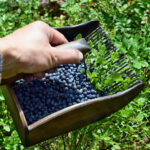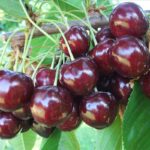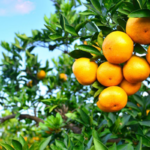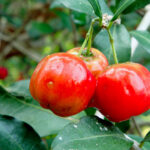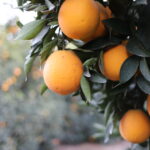What's wrong with my plant? Blueberry stems and branches

The content of this article was prepared by The University of Minnesota Extension and has been revised and republished by FreshFruitPortal.com.
For the latest information, check the University of Minnesota's website here.
Spots or blotches on blueberry stems or branches:
Canker diseases
Fusicoccum putrefaciens and Phomopsis vaccinii
- Reddish-brown, target like cankers can be found on infected branches
- Cankers are often low on the branch and near a leaf scar
- Cankers enlarge each year until they girdle and kill the stem
- In summer, leaves on infected branches, wilt and turn reddish-brown
- Small black bumps can be found around cankers and on dead branches

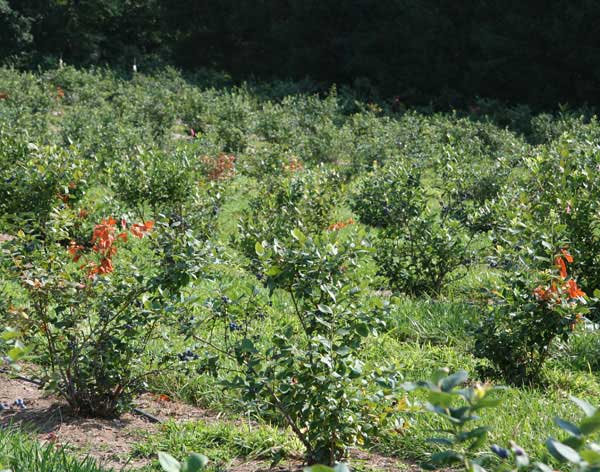
More information on Canker diseases
Anthracnose
- Salmon to orange colored sticky spore masses develop on infected berries and stems when wet
- Infected twigs/canes have dark brown lesions with raised bumps arranged in concentric circles
- Reddish-brown round to irregular spots on leaves
- Berries become soft and wrinkled from the blossom end
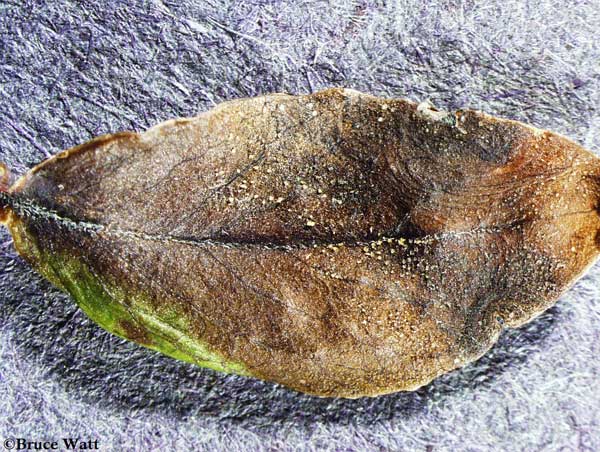
Botrytis Blight/Gray Mold
Botrytis cinerea
- Twigs turn brownish-black and become gray
- Infected blossoms turn brown and become covered with a fuzzy gray mold
- Berries are covered with a fuzzy gray mold
- Leaves have brown, irregular lesions and may become distorted
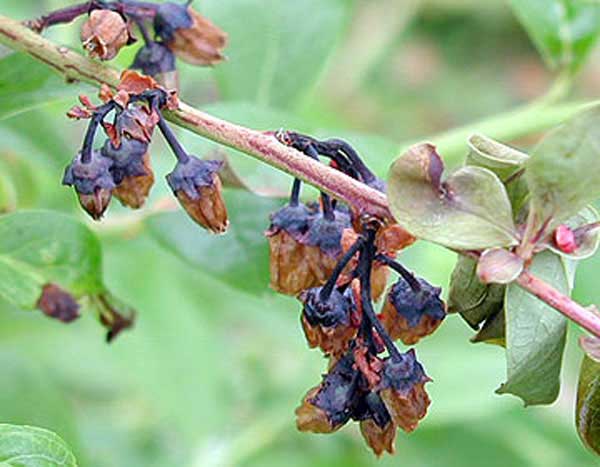

More information on Botrytis Blight/Gray Mold
Unusual growth on stem or branches:
Crown Gall
Agrobacterium tumefaciens
- Galls (tumor-like overgrowth) occur on roots, where the stem meets the soil and occasionally higher on stems
- Young galls are soft, light green in color, with no bark
- Older galls are brown to black and are hard
- Severely infected plants may be stunted
- Severely infected plants should be removed and destroyed
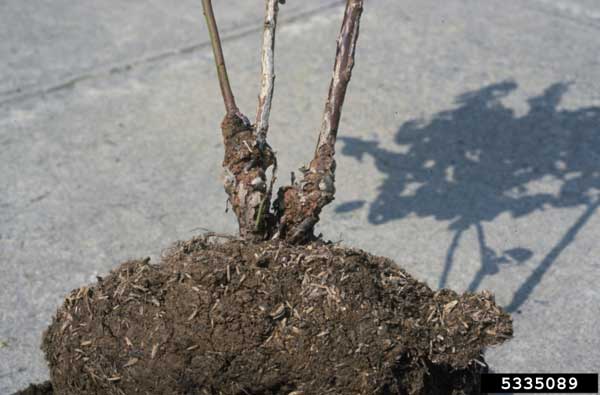
More information on Crown Gall
Witches Broom
Pucciniastrum goeppertianum
- Broom-like clusters of swollen reddish-brown stems and small leaves develop in the plant
- Young stems within brooms are initially yellow or reddish, but later become brown and shiny, and, eventually, dry and cracked
- Most common on blueberries in northern Minnesota planted near fir trees
- Will cause needle yellowing and loss in nearby fir trees
- Infected blueberry plants should be removed and destroyed
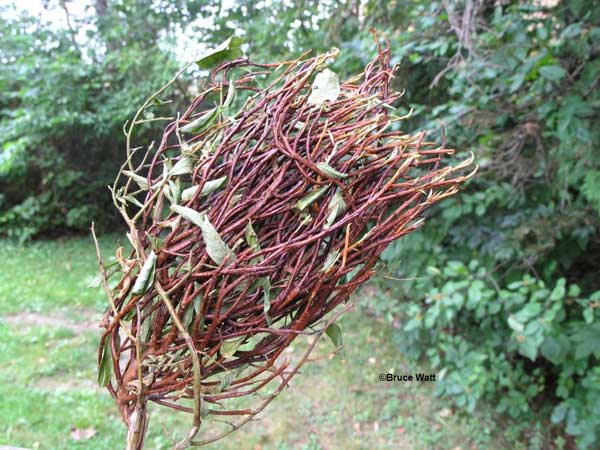

More information on Blueberry witches broom

















